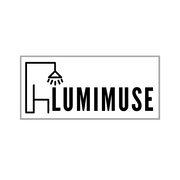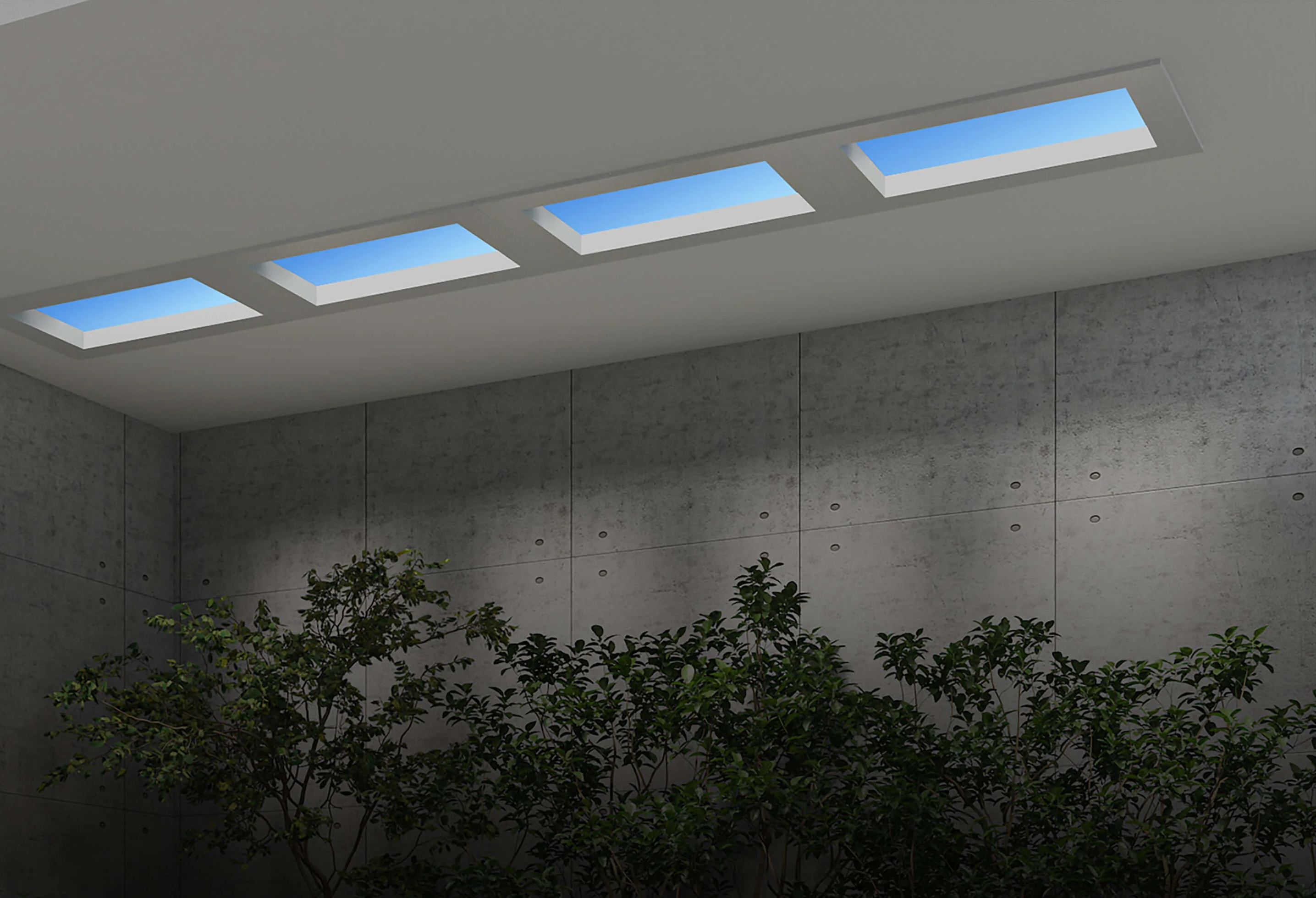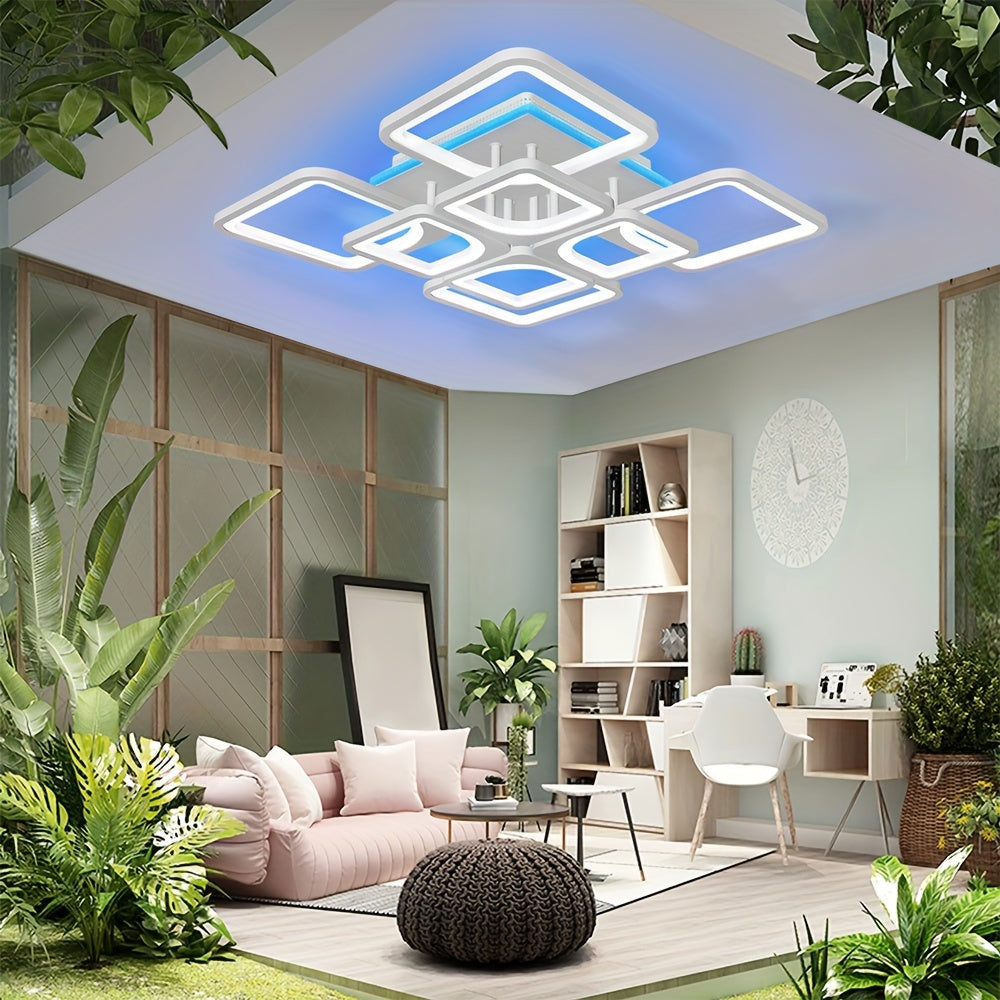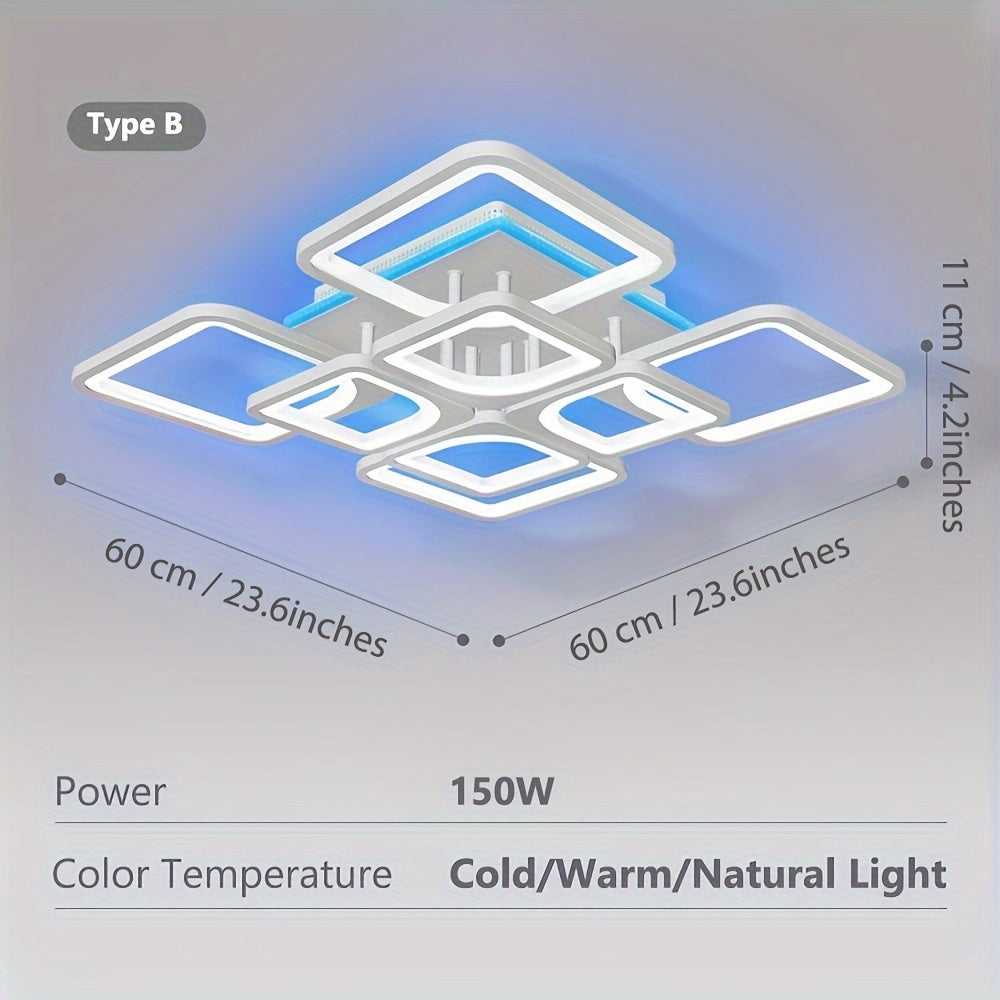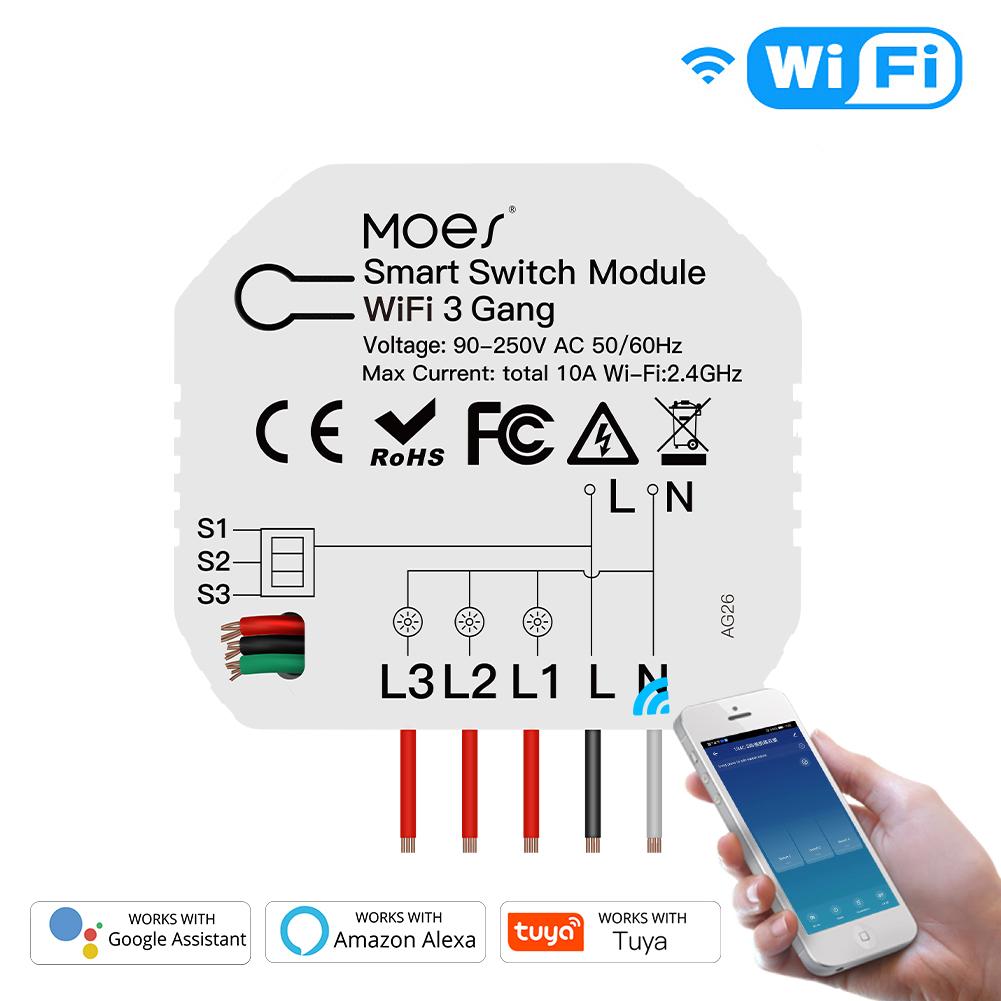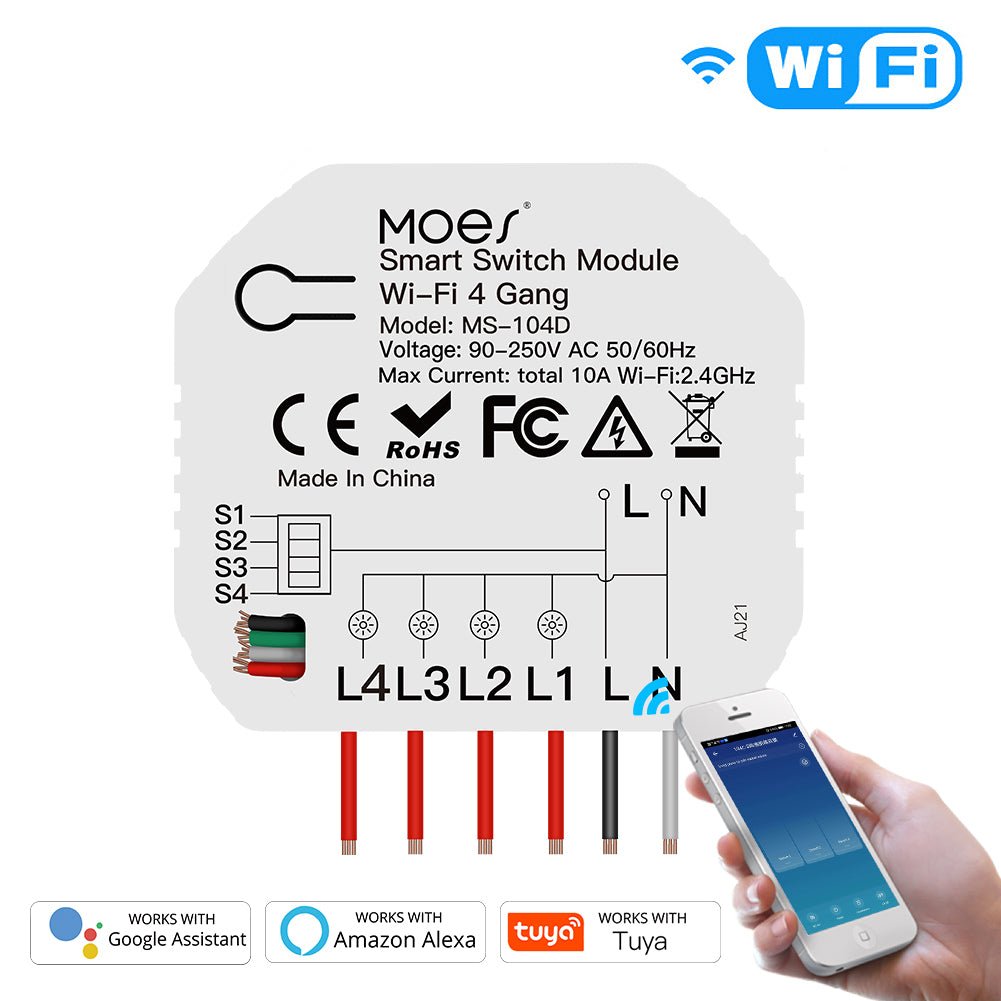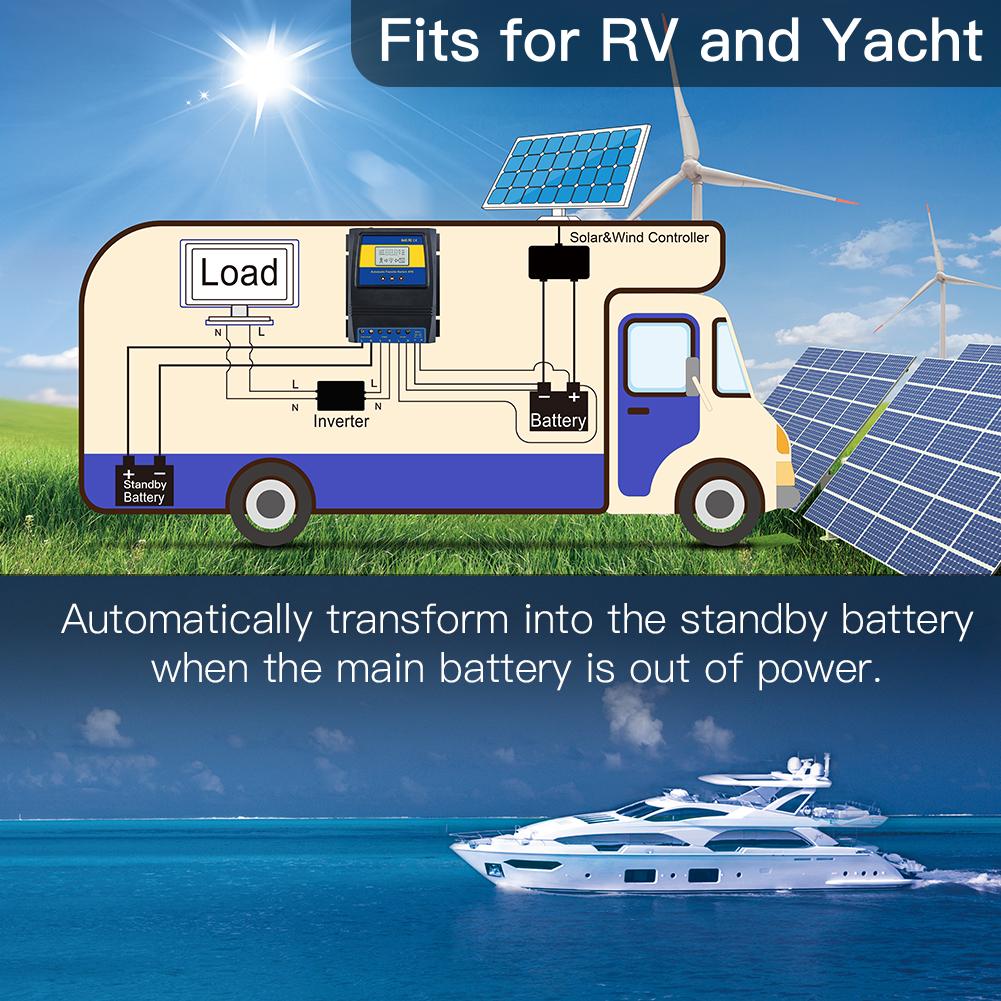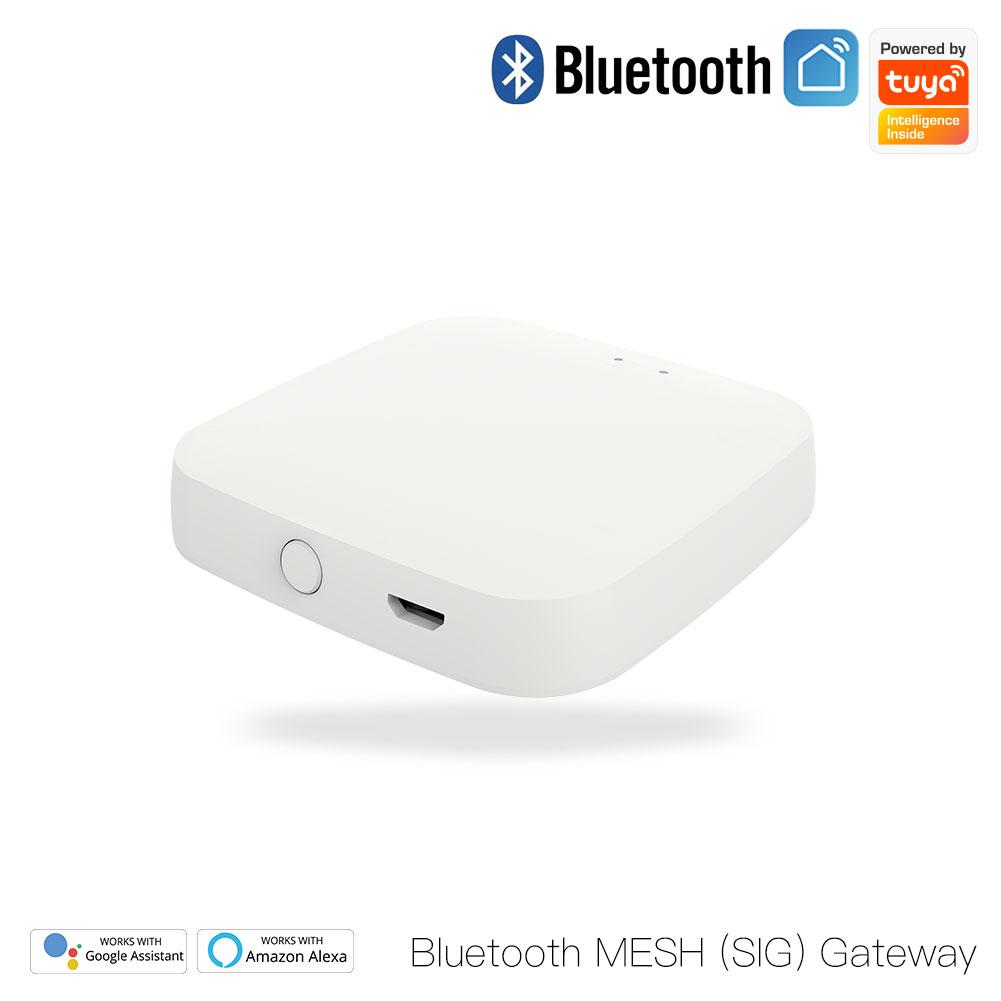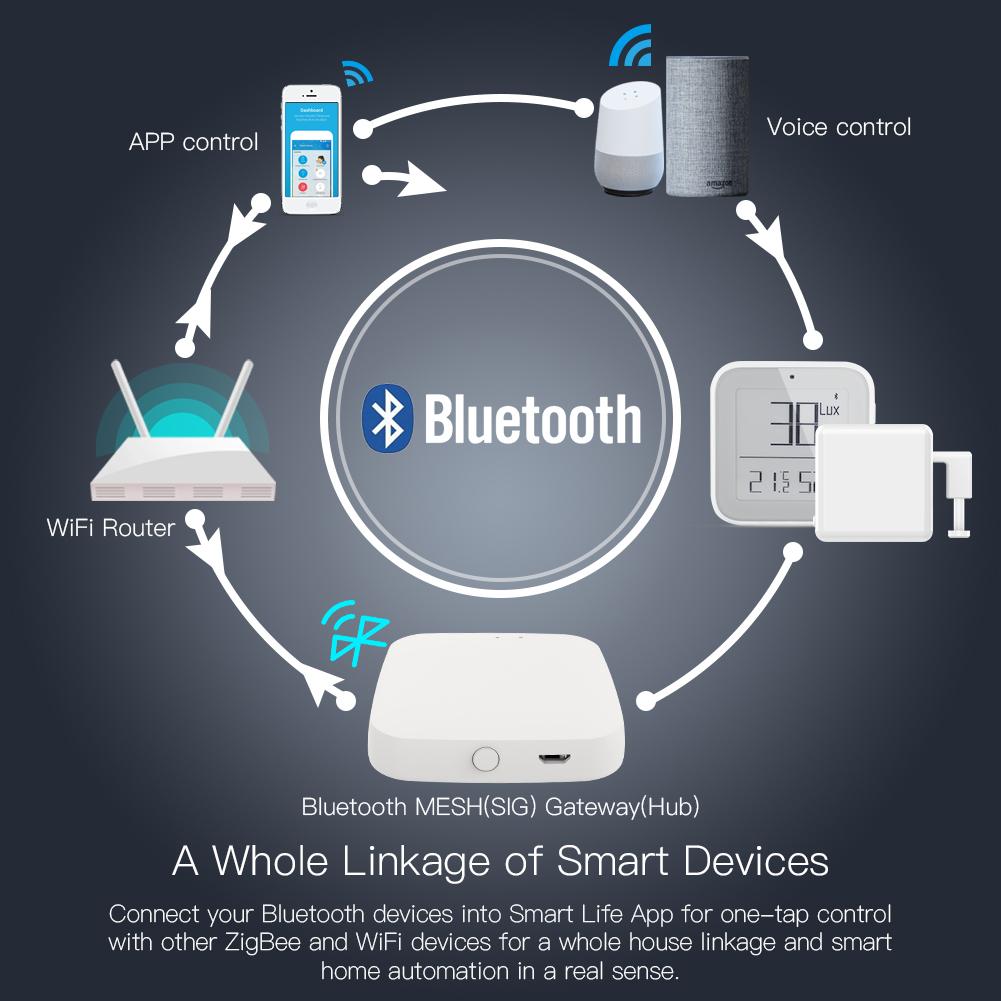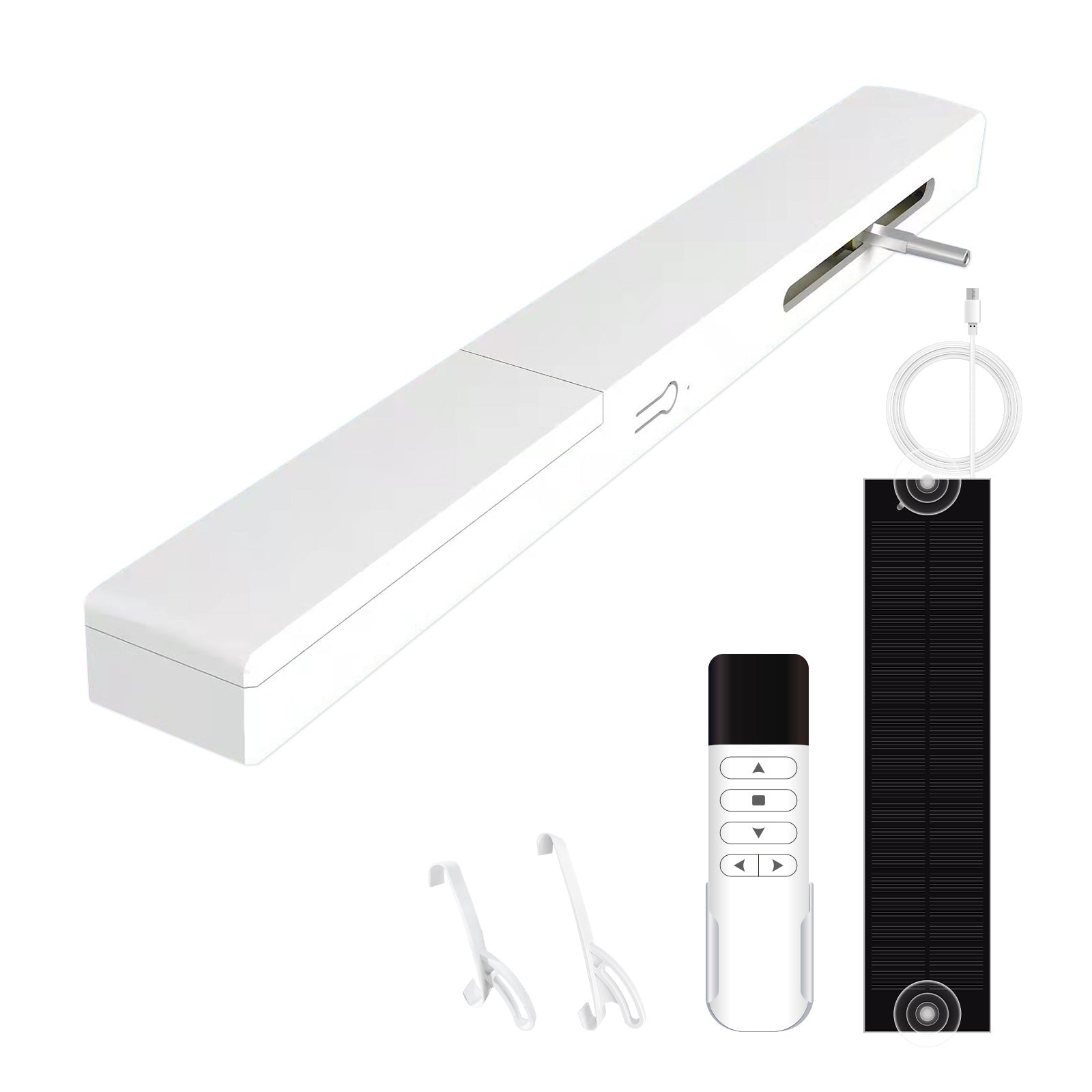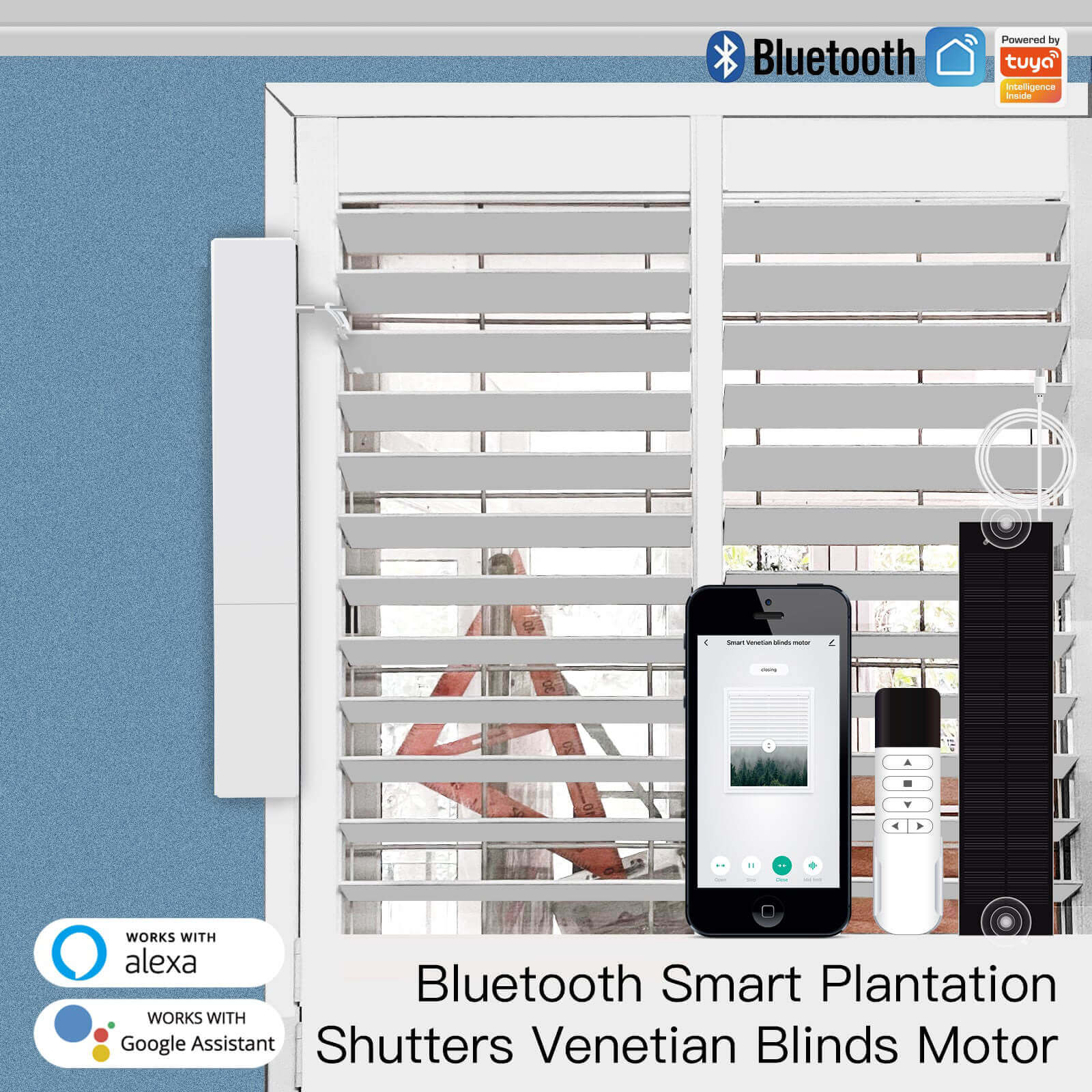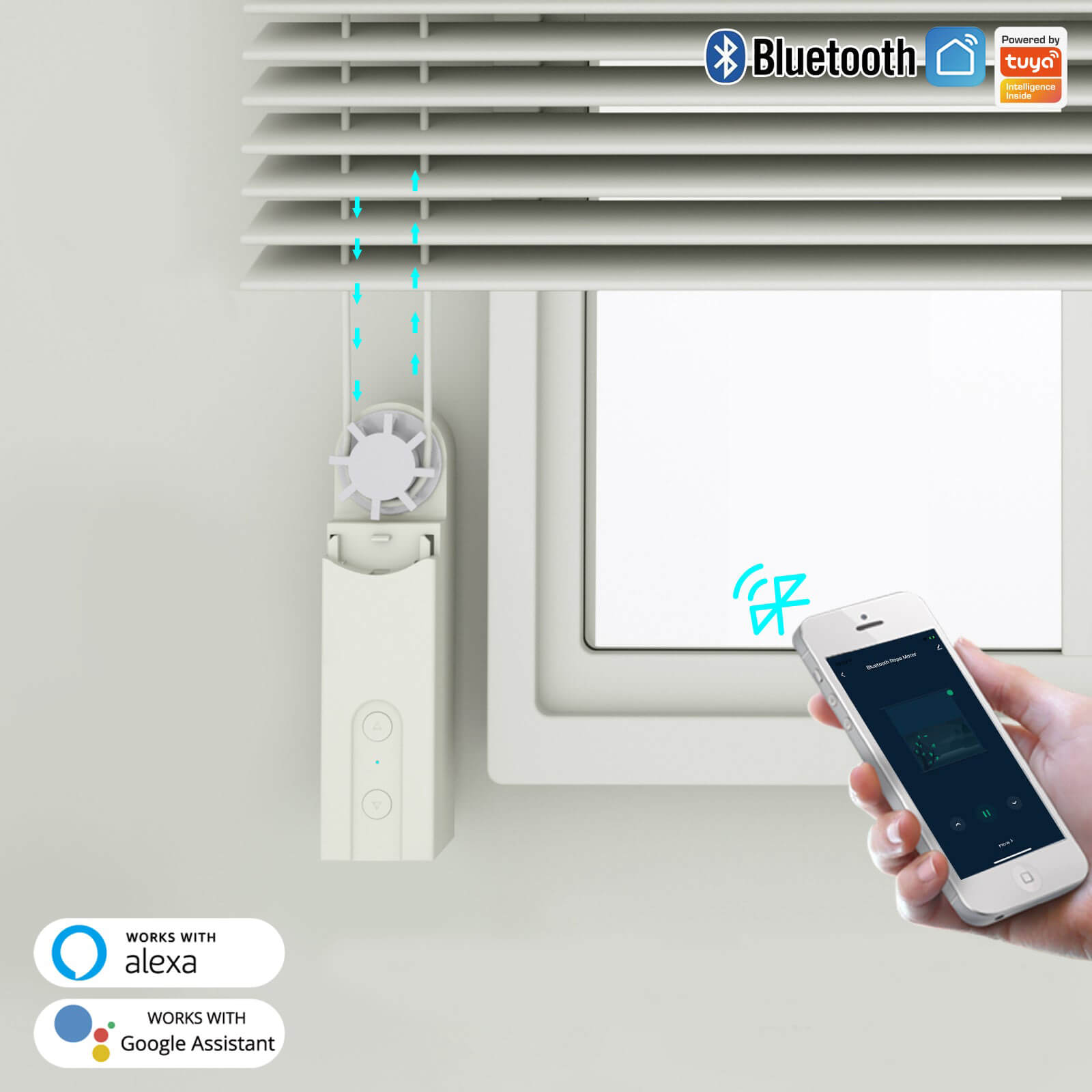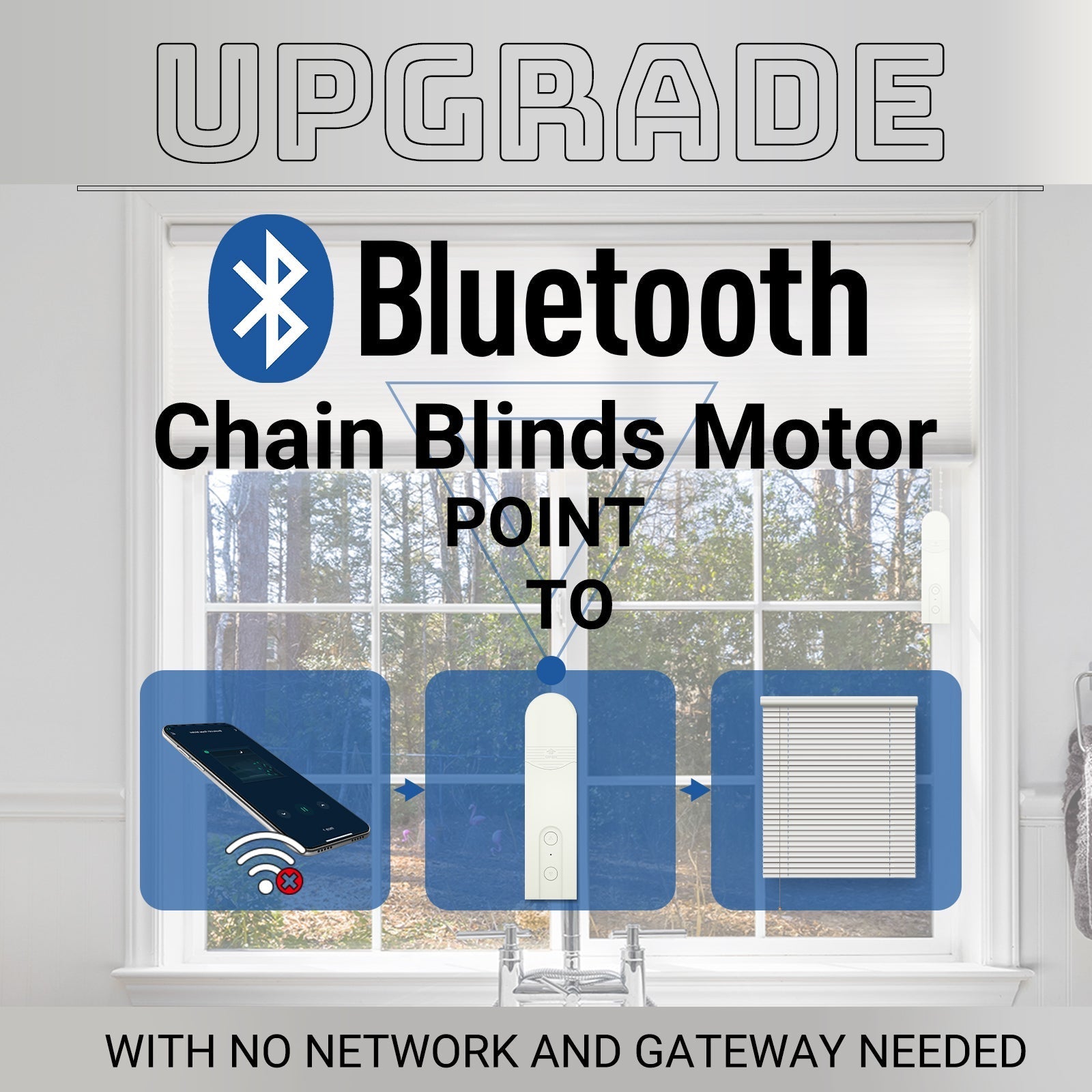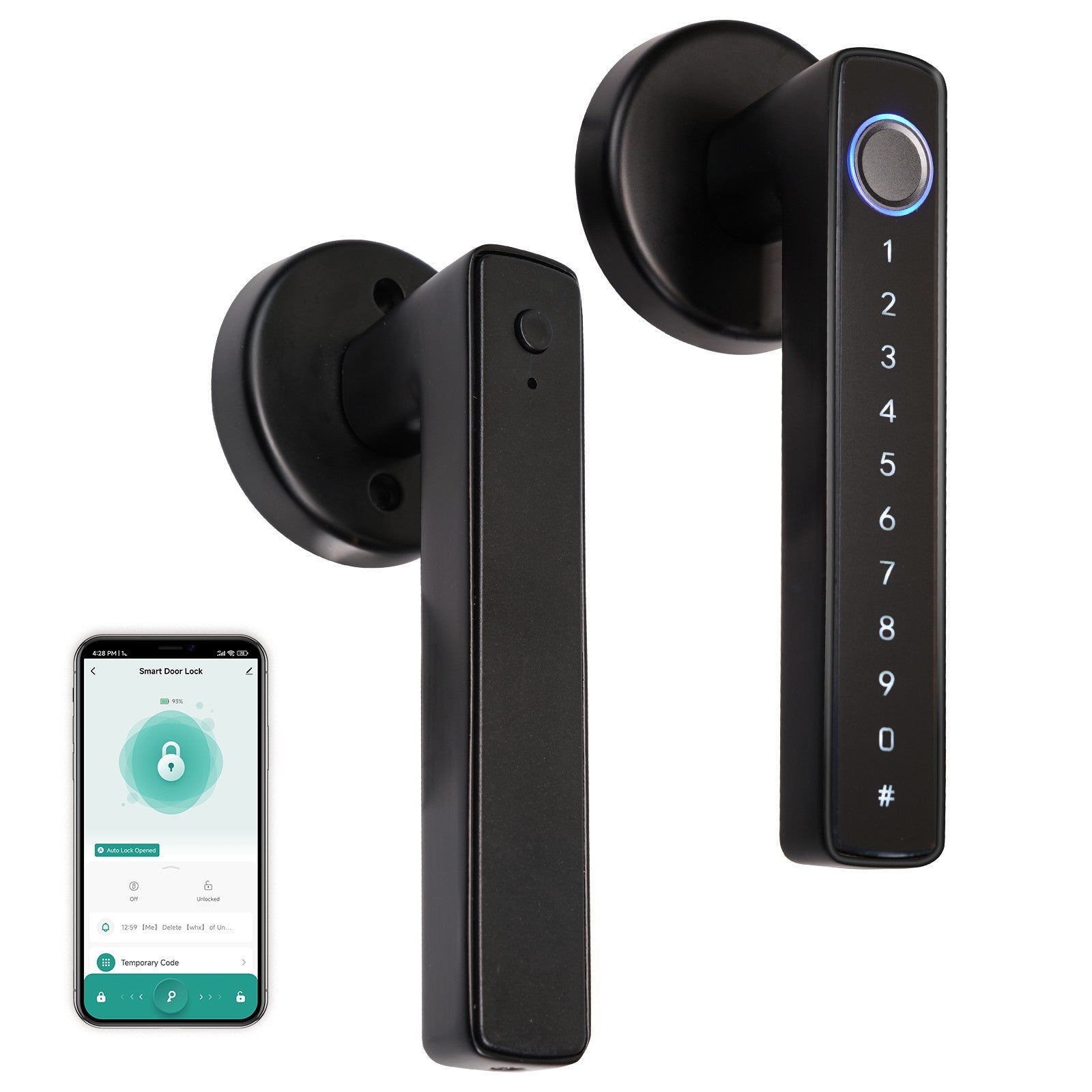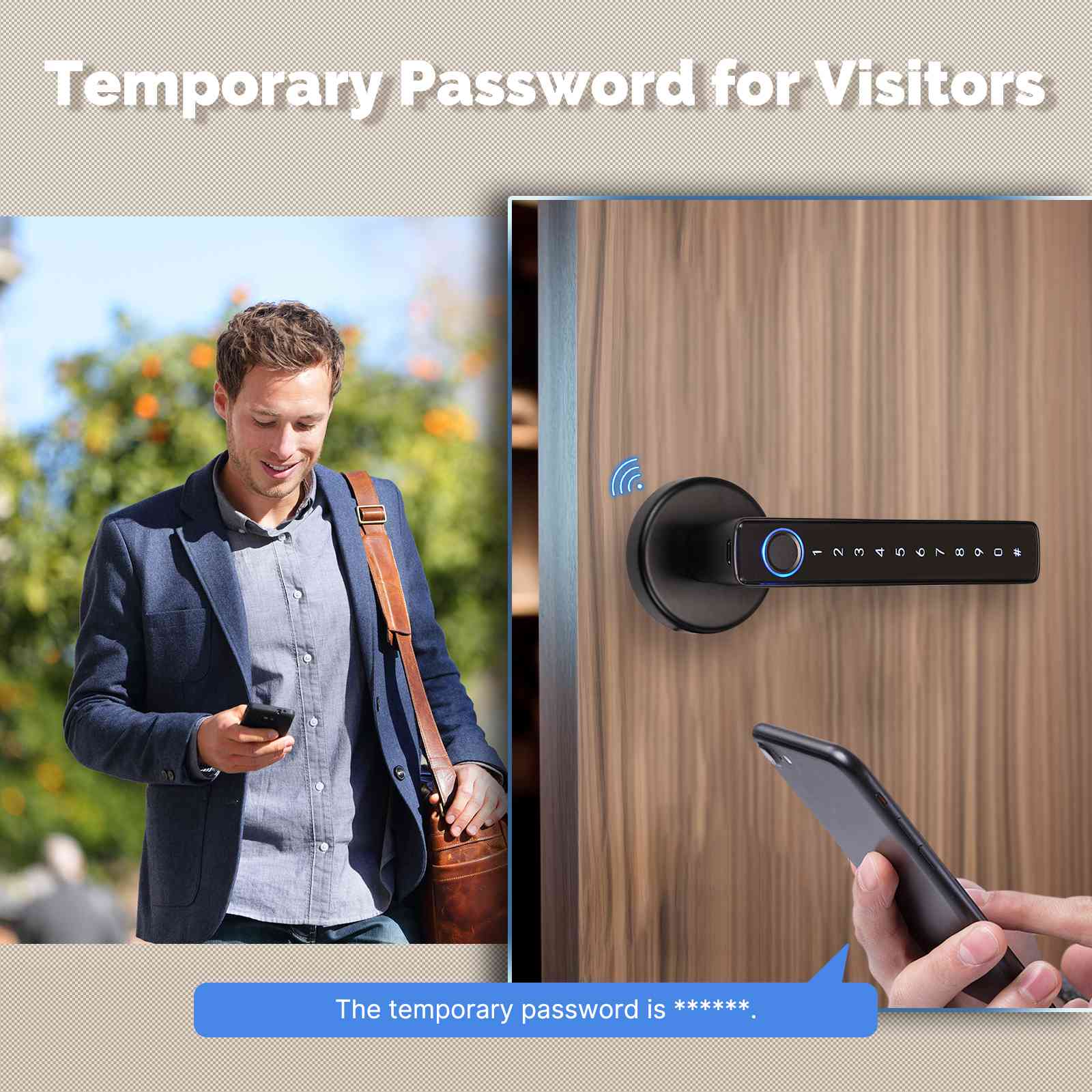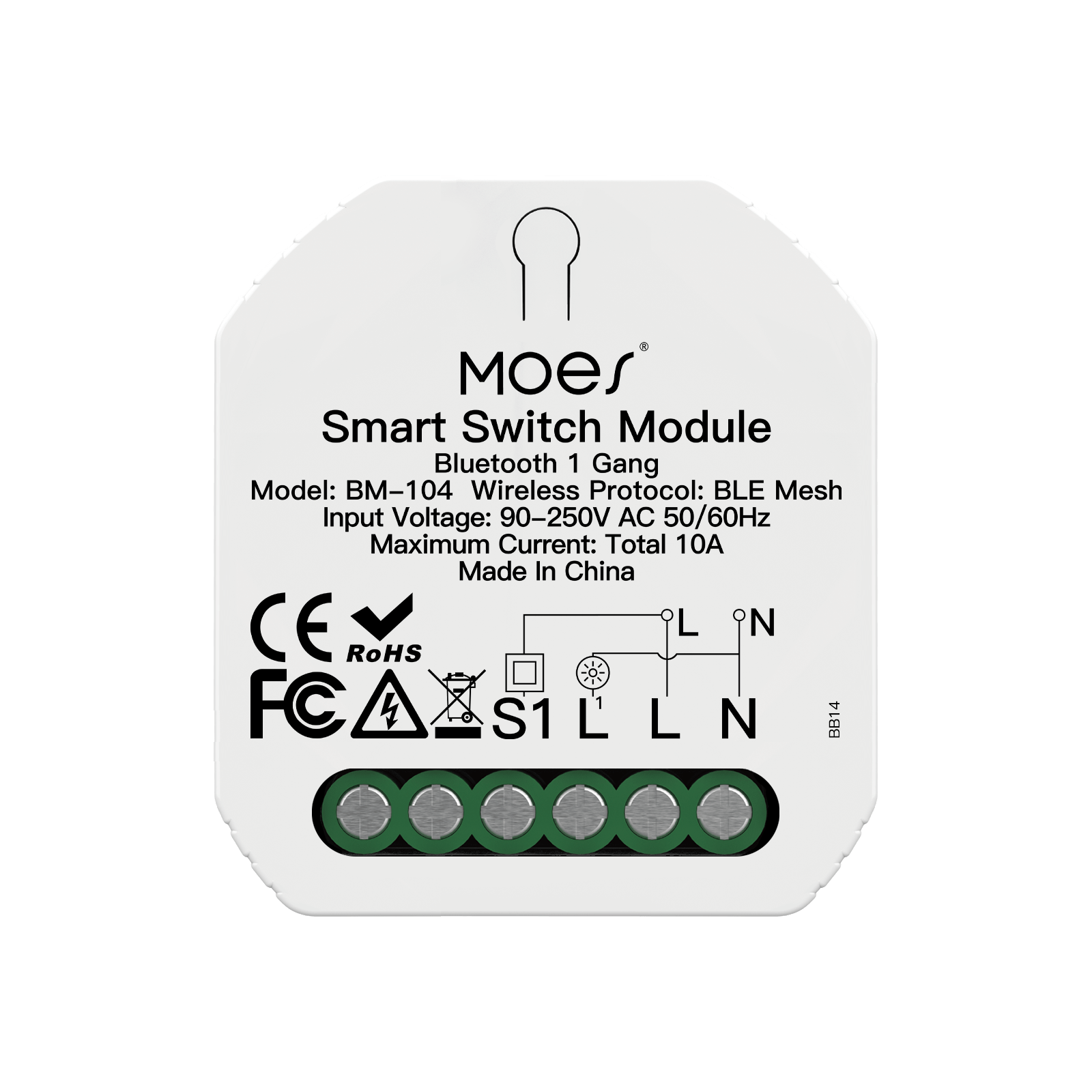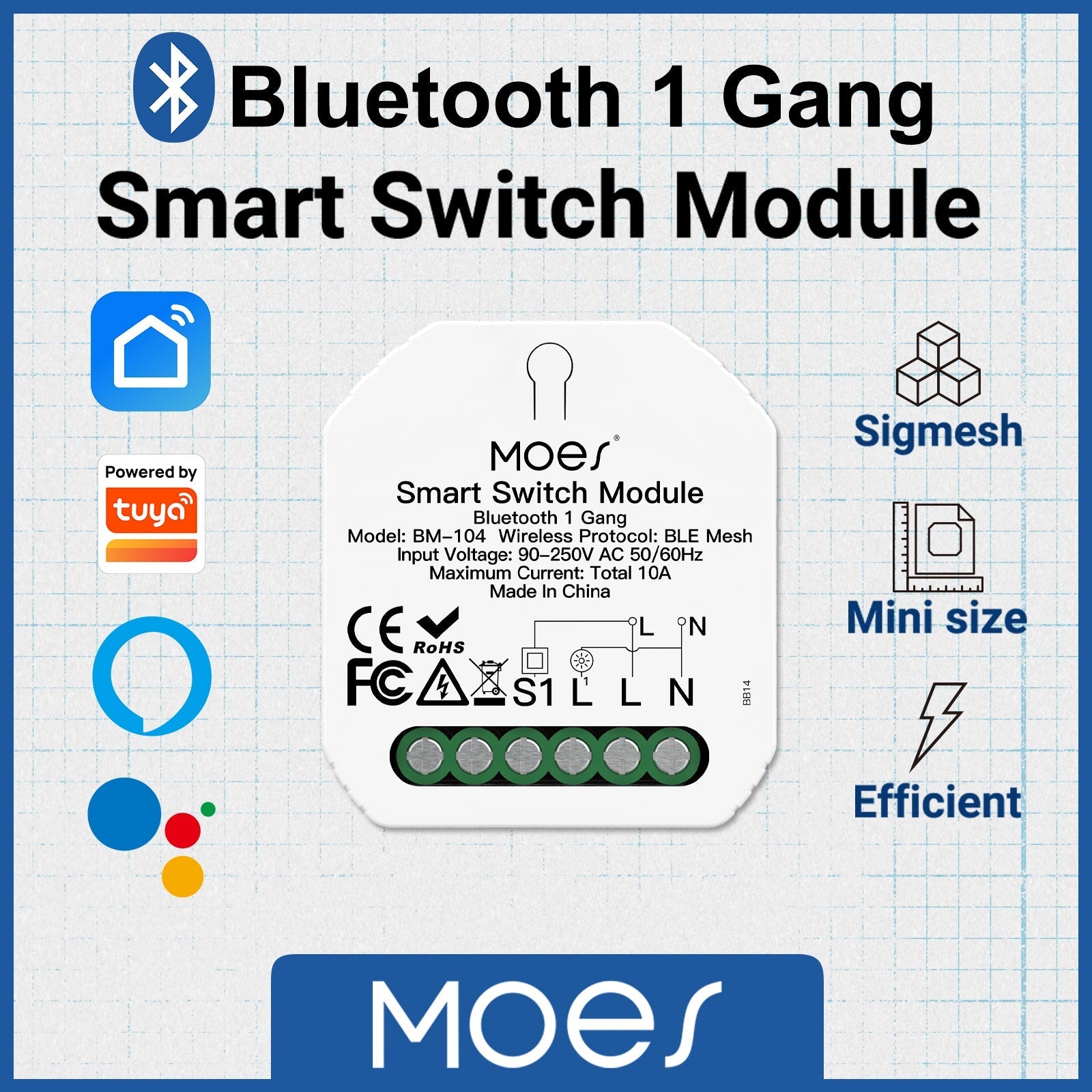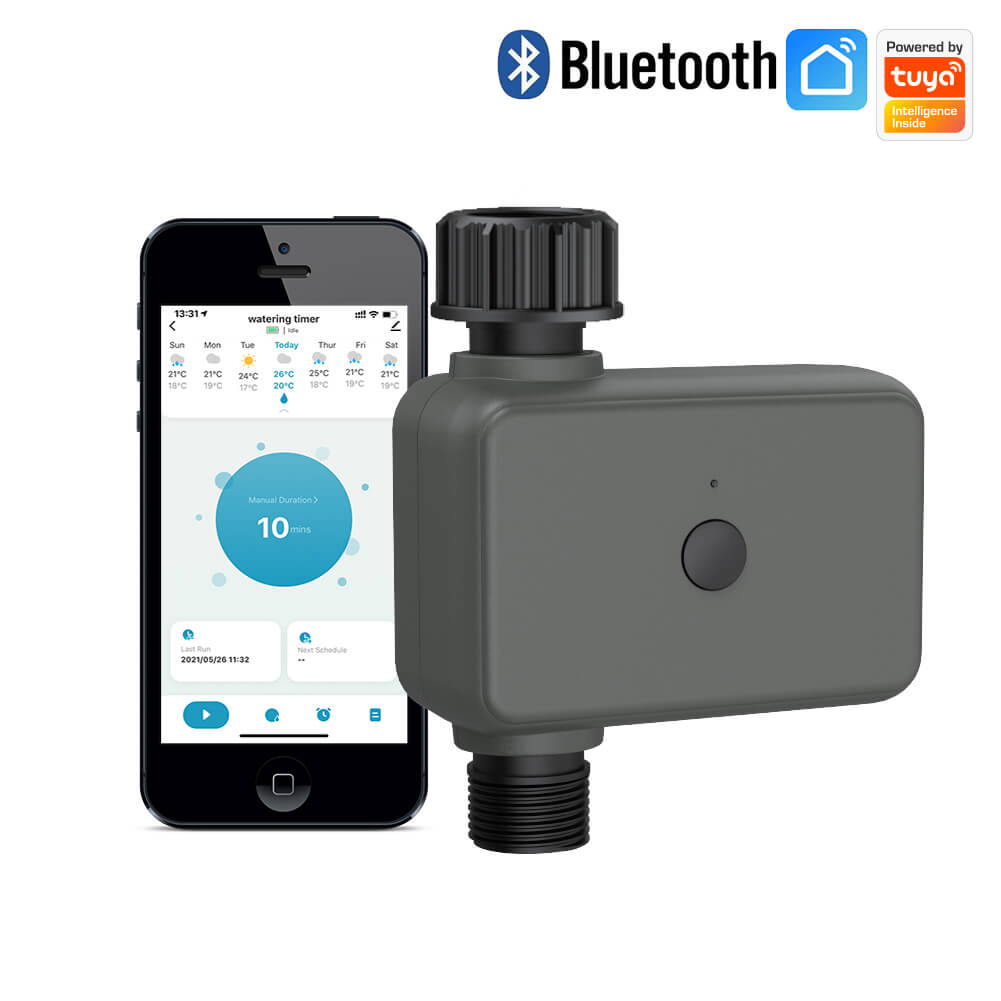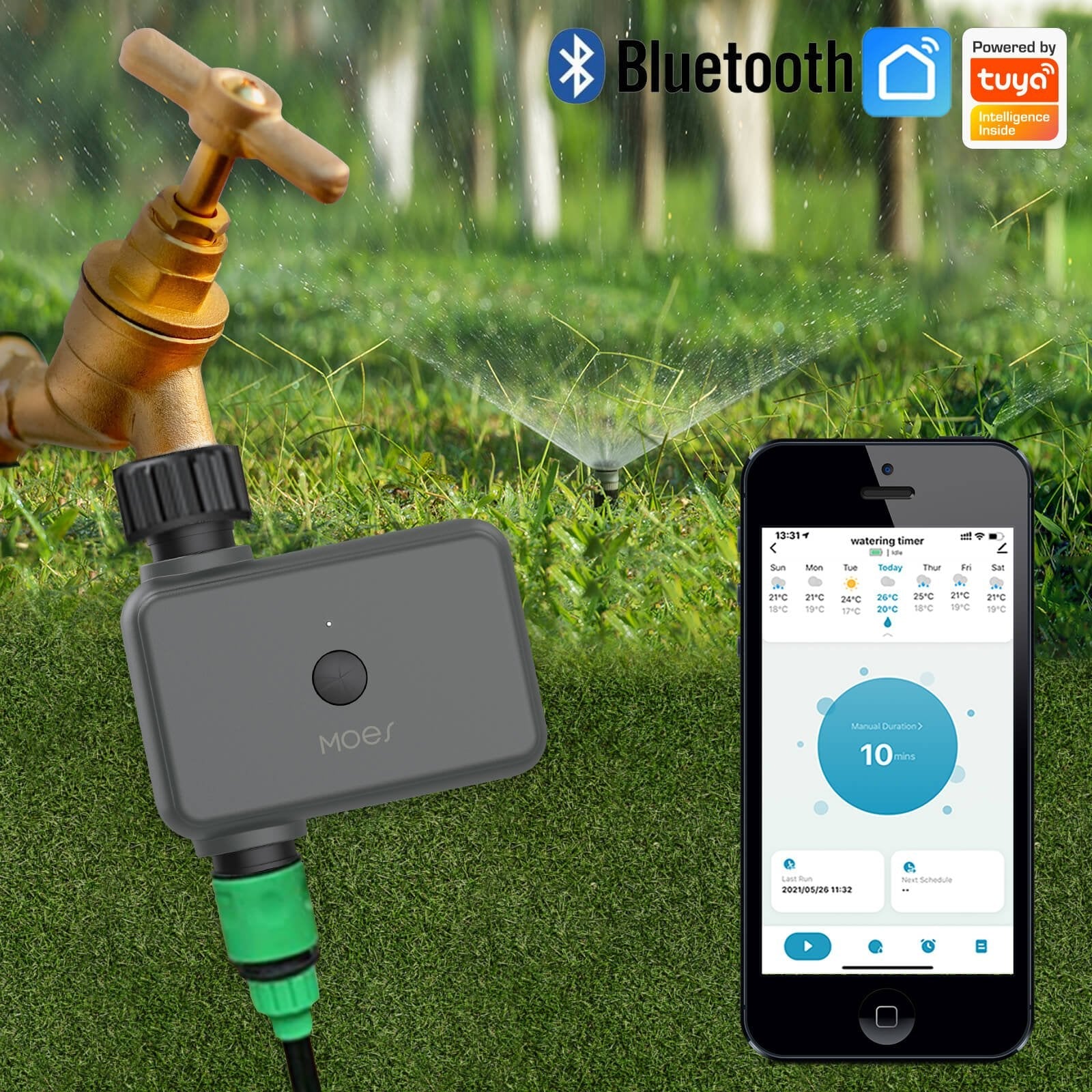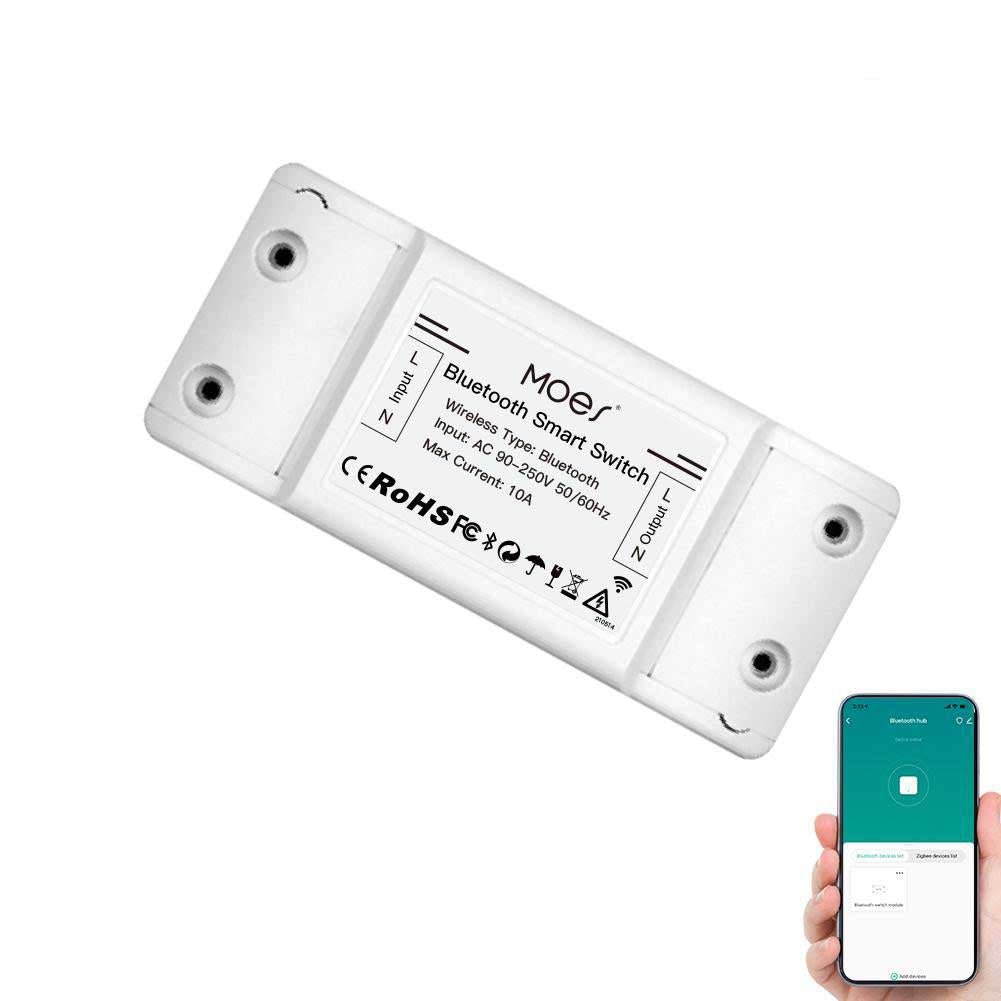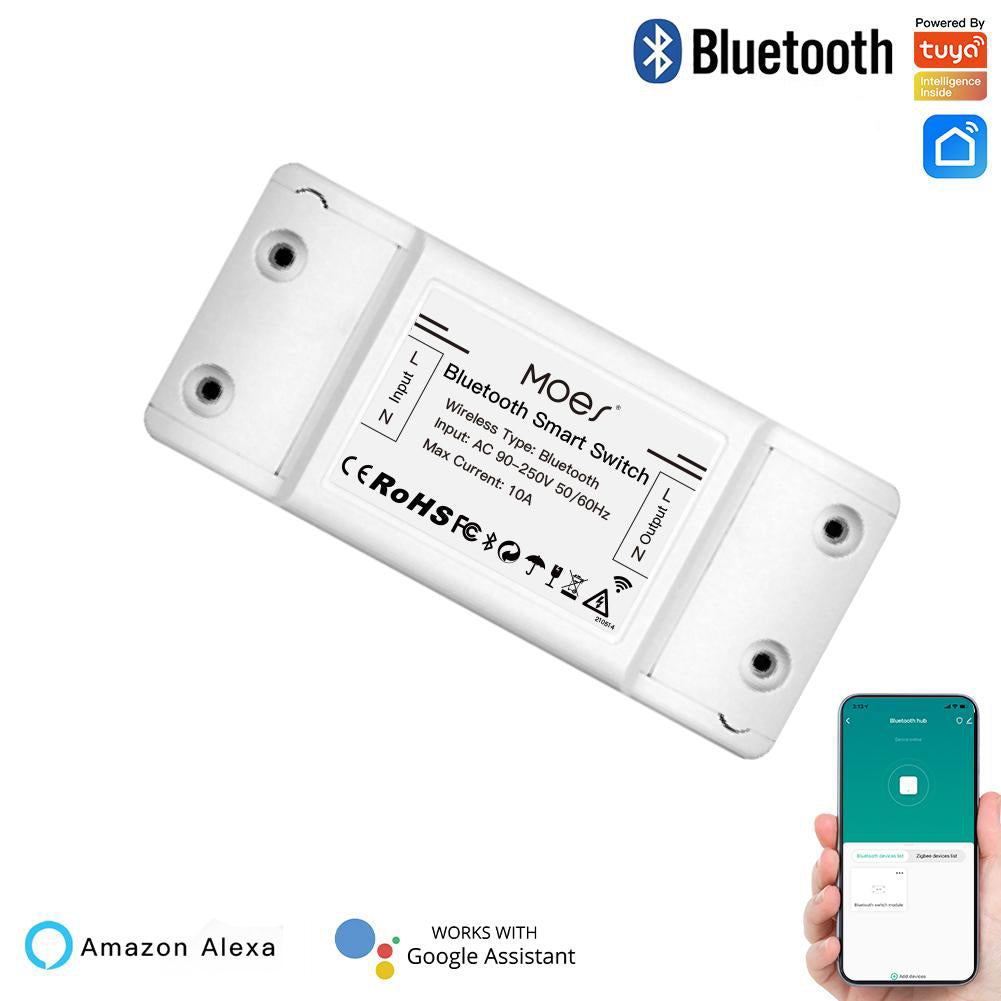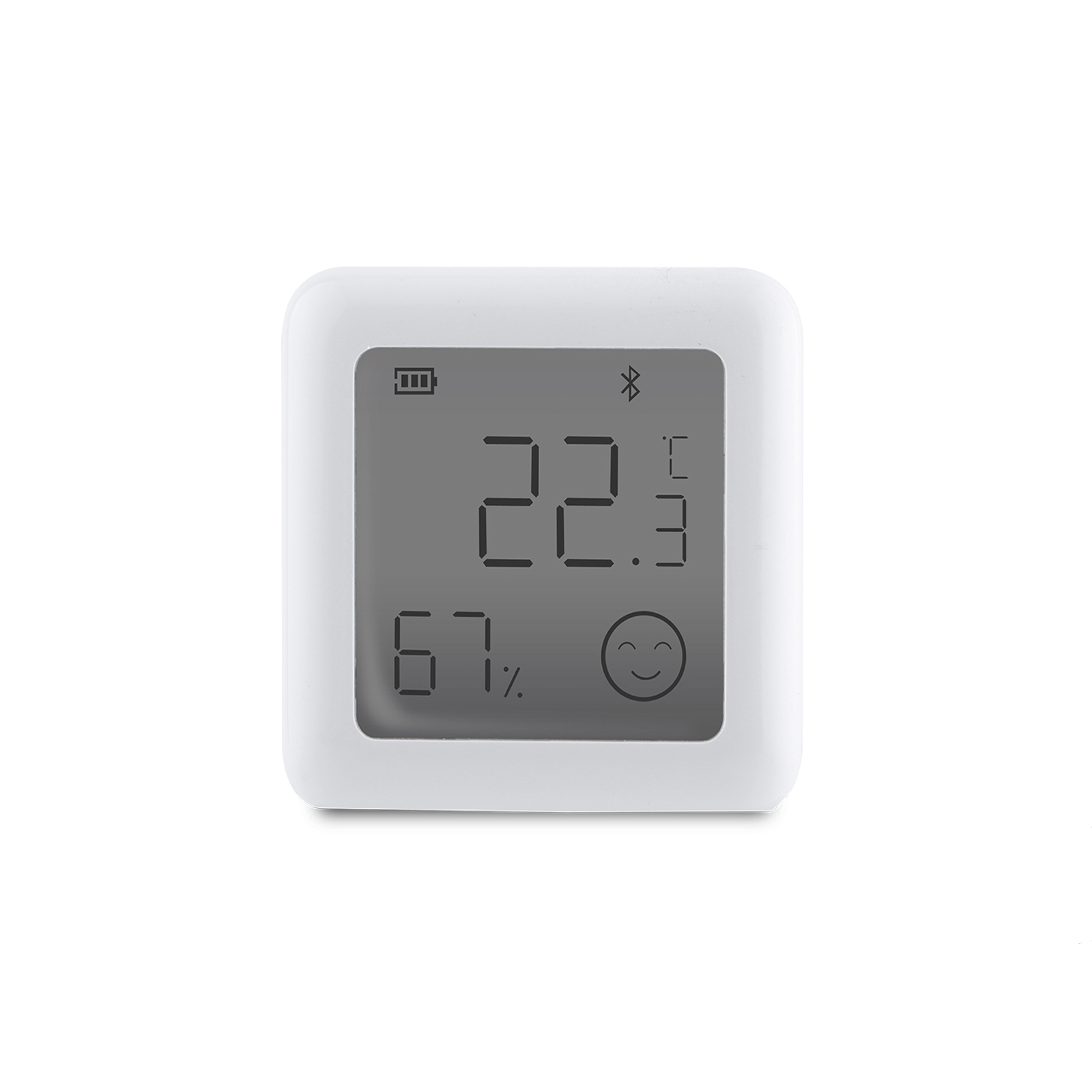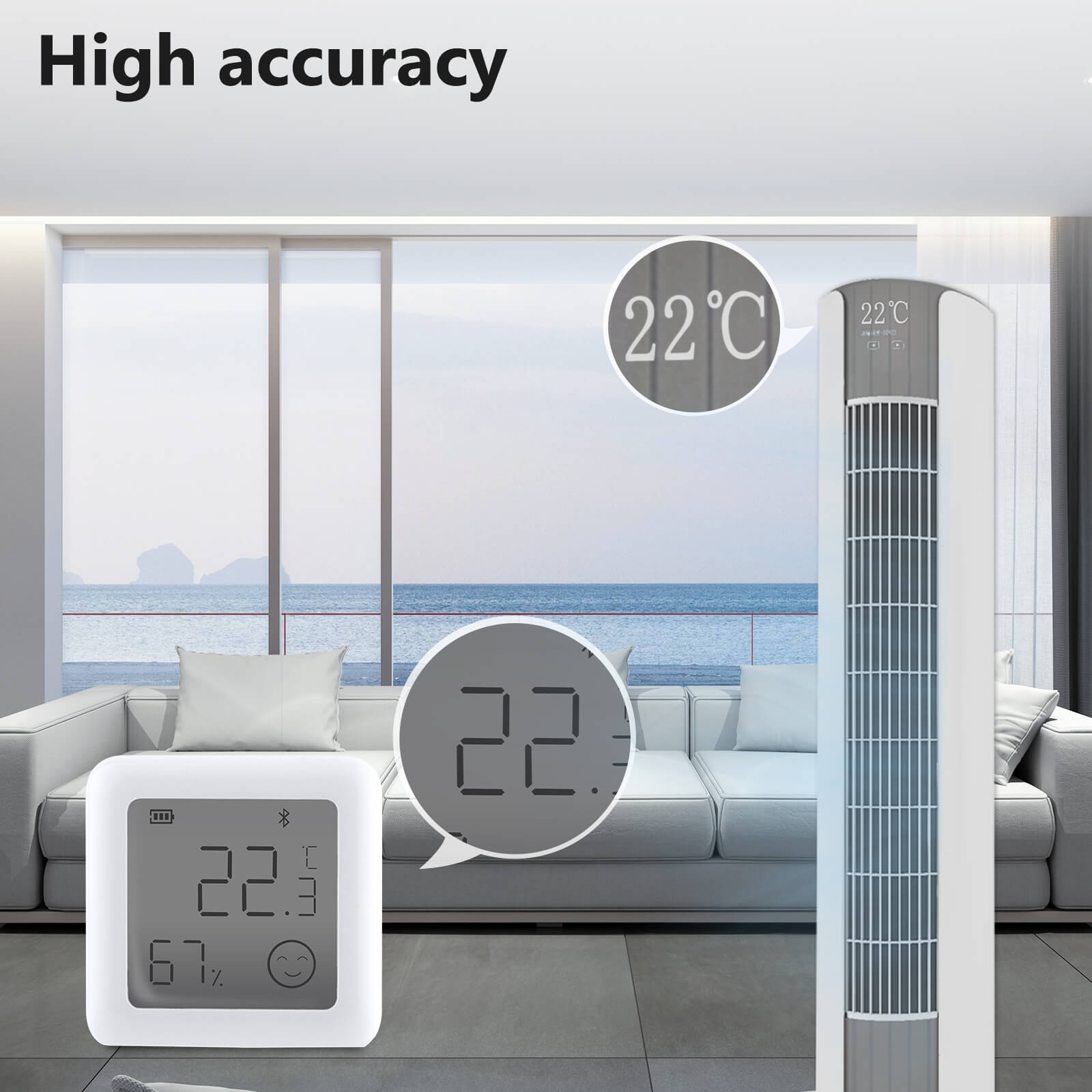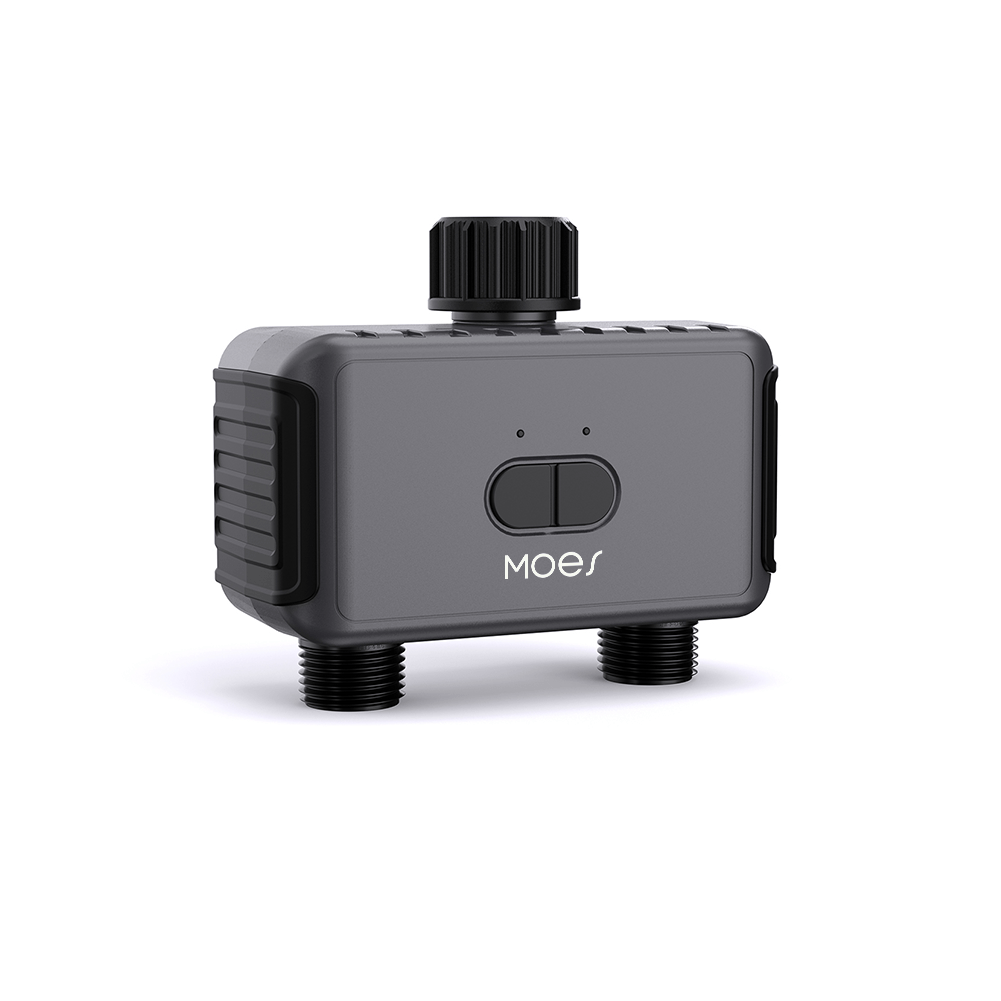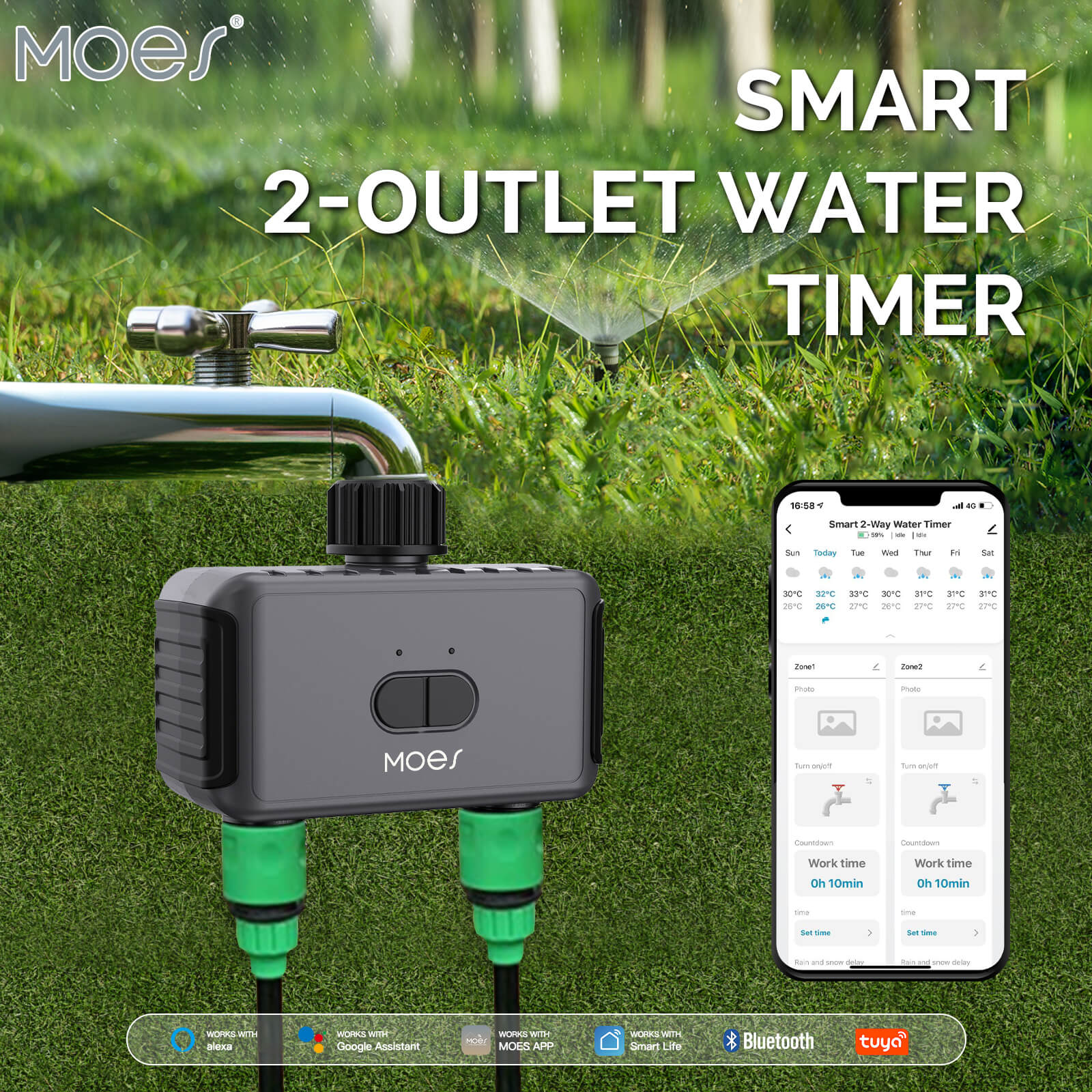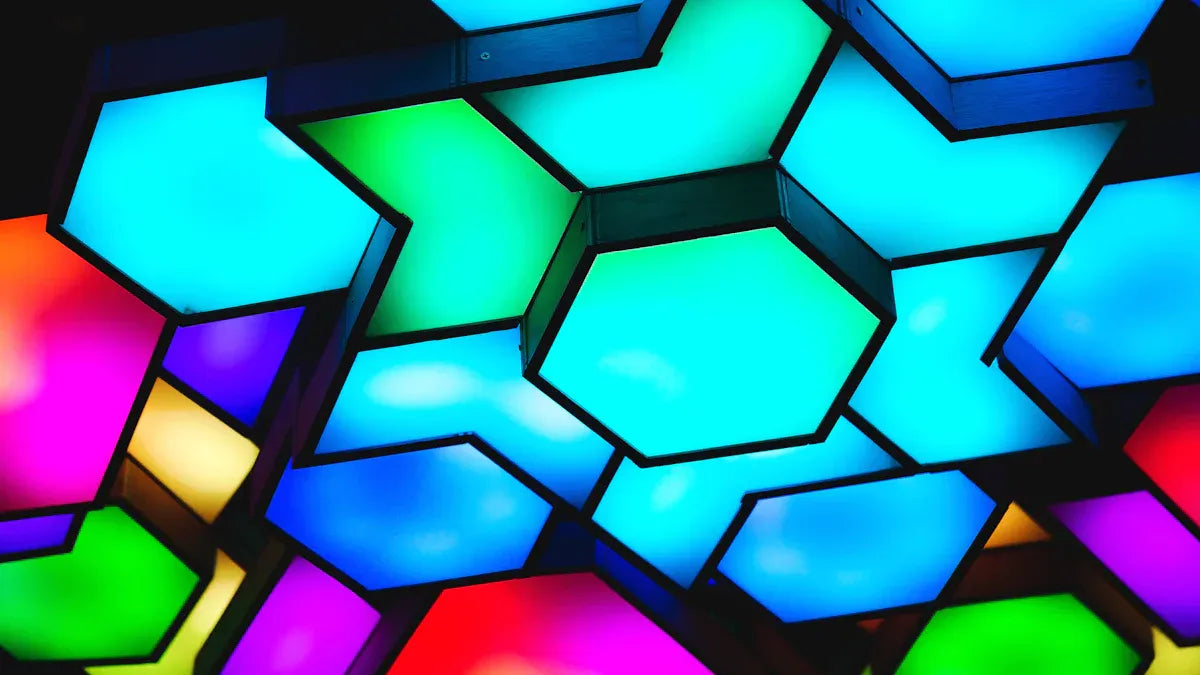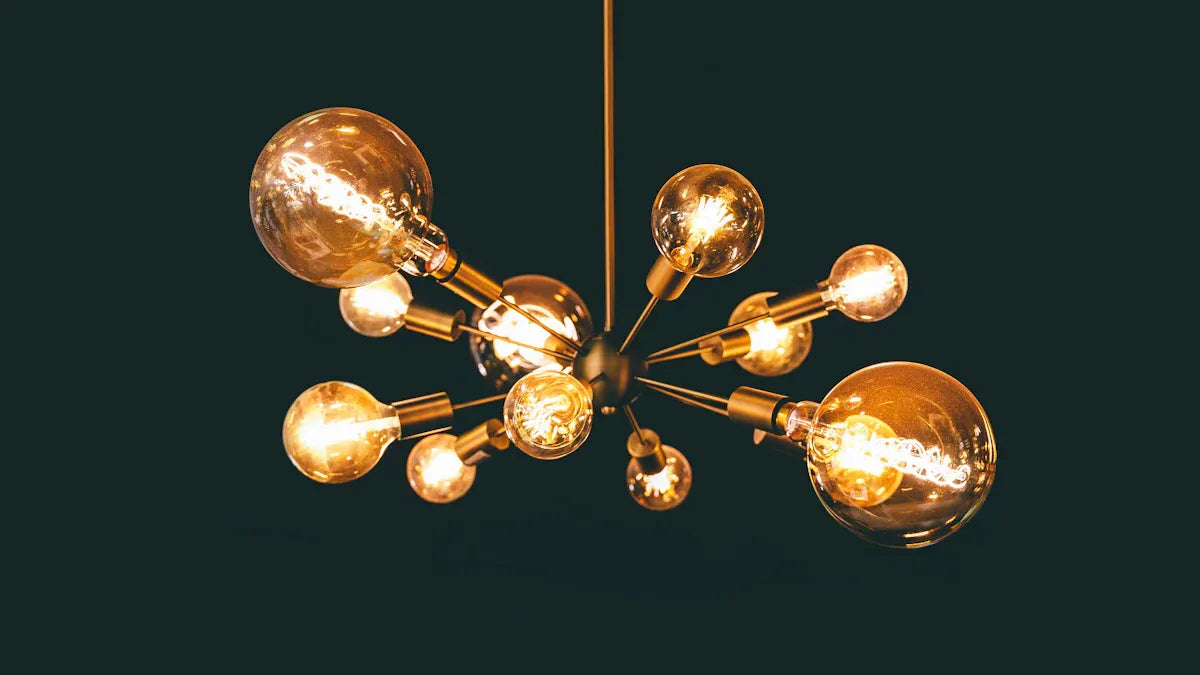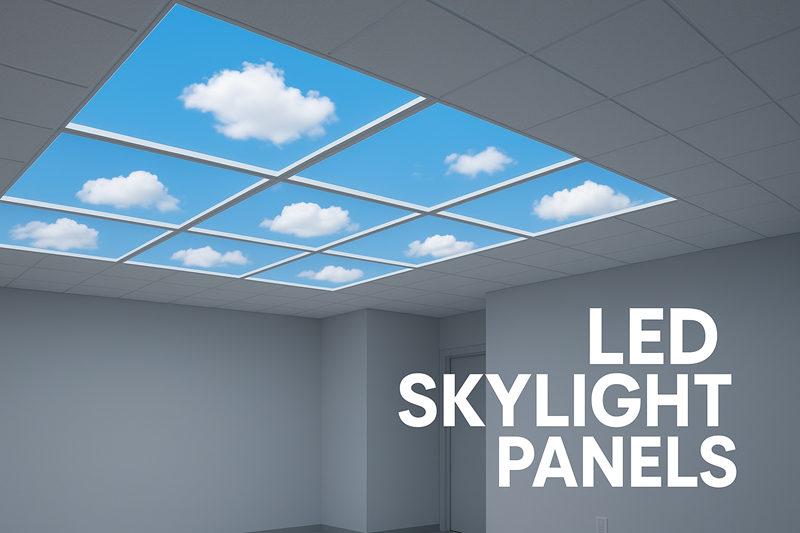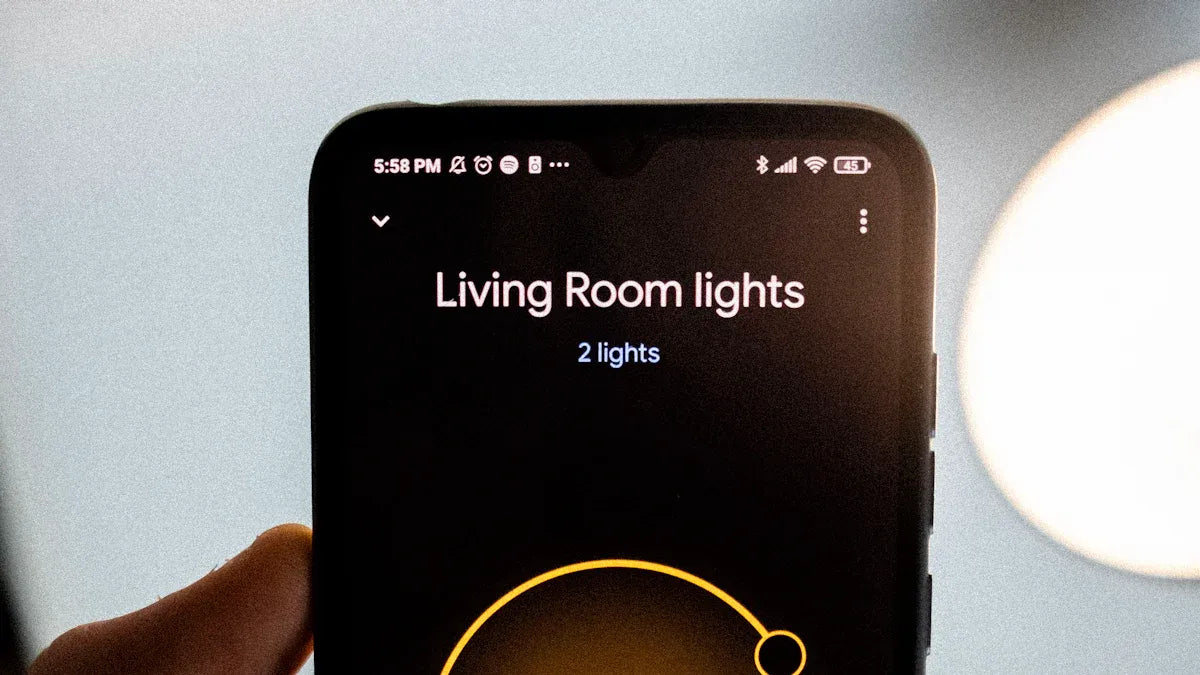Dim rooms can make you want more light inside. Artificial skylights are a smart way to add brightness. They copy the look of natural sunlight indoors. Research shows people like brighter spaces, around 462 lx to 490 lx. This amount of light makes rooms feel much brighter. The Rayleigh-Effect Skylight goes a step further. It creates a soft blue glow like the sky. This design not only lights up your room but also makes it peaceful. Artificial skylights are perfect for any space.
Key Takeaways
-
Fake skylights copy real sunlight, boosting mood and focus in dark rooms.
-
They use less energy and cut power bills, making them good for the environment.
-
You can change the light's brightness and colour to suit different tasks.
-
They are easy to set up and work in any room without cutting the roof.
-
They need little care, last long, and lower maintenance costs.
Challenges of Dim Interiors
Why natural light is not always accessible
Natural light helps make spaces cosy and welcoming. But, it’s not always easy to get, especially in cities.
-
Tall buildings block sunlight, leaving lower floors dark.
-
Modern designs focus on efficiency, not sunlight, which can harm well-being.
-
Some building layouts stop sunlight from reaching certain rooms.
To solve this, designers use ideas like atriums or shared spaces, like in the Jie Fang News and Media Building in Shanghai. These designs try to bring more sunlight indoors. But, they are not always cheap or easy for every home or office.
Shortcomings of traditional lighting options
Old lighting methods, like fluorescent or incandescent bulbs, don’t match natural light.
-
They don’t help your body clock, which can affect sleep and mood.
-
Bright artificial lights can hurt your eyes and feel uncomfortable.
-
These lights don’t look as nice as natural light, making rooms less pleasant.
Artificial skylights are a better choice. They copy natural light, making spaces healthier and more attractive.
Effects of poor lighting on mood and productivity
Bad lighting can affect how you feel and work. Studies show dim or harsh lighting lowers focus and raises stress.
-
Poor lighting can make you uncomfortable and less productive.
-
Cuttle (1983) found daylight reduces stress more than electric light.
-
Hedge (1994) said windows improve mental health, and Dasgupta (2003) found better moods in offices with big windows.
Better lighting can make your space happier and help you get more done.
Advantages of Artificial Skylights
Copying natural light for a healthier space
Artificial skylights act like natural sunlight indoors. They help your body stay in its natural rhythm. Studies show bright light during the day helps you sleep better. It also reduces problems like depression and Seasonal Affective Disorder (SAD). This type of light improves mood and makes you feel better. By spreading light like daylight, artificial skylights help your body clock. This makes your home or office more comfortable and productive.
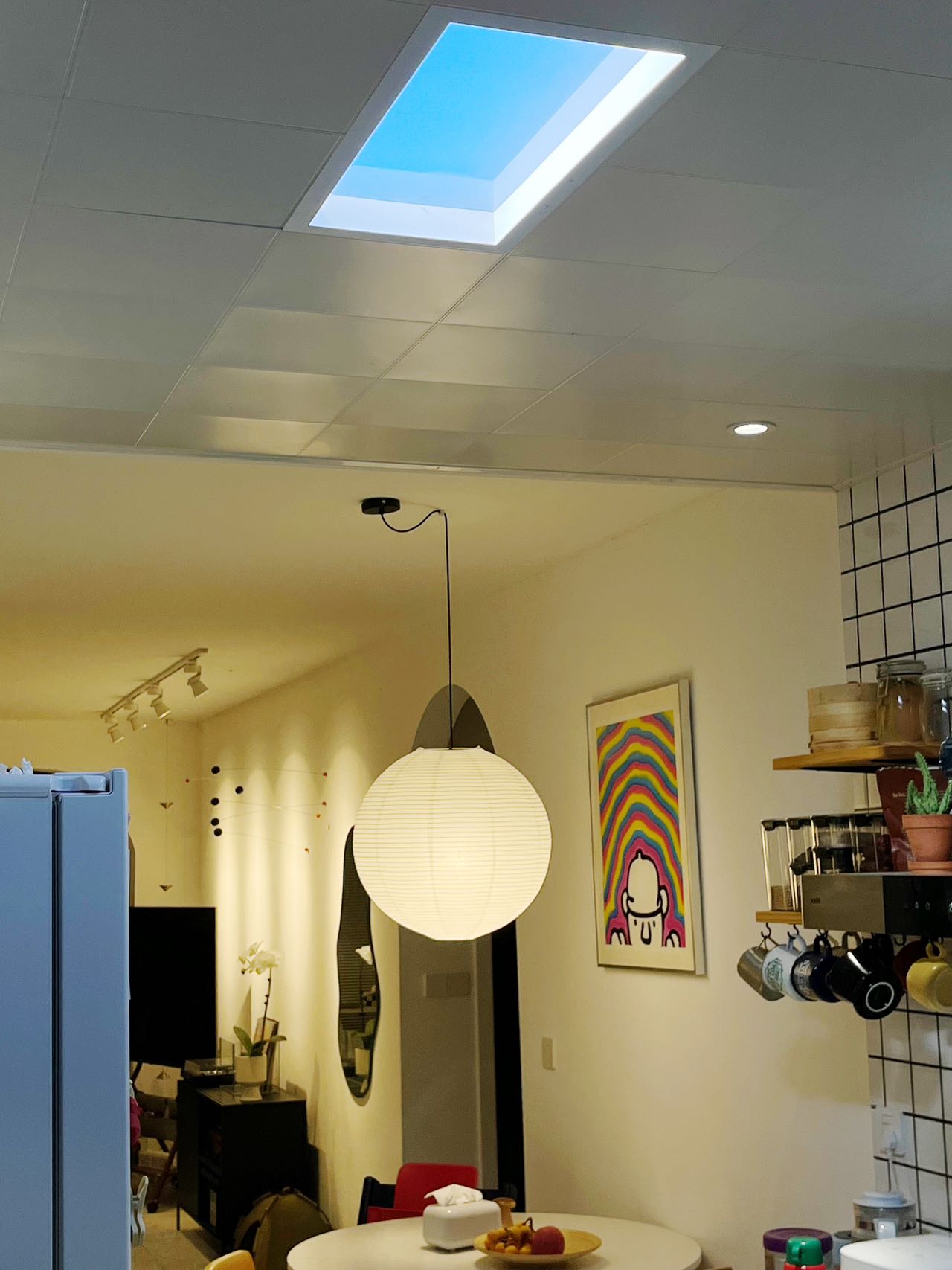
Artificial skylight installed in the living room
Saving energy and being eco-friendly
Artificial skylights save energy and are good for the planet. They cut down the use of regular lights, which use a lot of energy. A well-designed skylight can save energy by 4%-6%. These savings often cover the cost of installation in two years. They also improve air quality by keeping spaces cooler and fresher. Heat, moisture, and bad air are removed, making rooms healthier. As green building becomes popular, artificial skylights are a smart and eco-friendly choice.
Making rooms look better with modern styles
Artificial skylights make rooms brighter and more stylish. They bring natural-looking light that makes spaces feel warm and inviting. This connection to nature improves the look of your home or office. Many people now choose electric skylights for their design benefits. New technology lets you adjust the light to match your needs. Whether you like simple or bold designs, artificial skylights fit your style. They are a great option for modern homes and offices.
Adjustable lighting for different needs
Artificial skylights let you change the light to fit your needs. This makes them great for homes, offices, and other spaces. You can adjust the brightness and colour of the light easily. For example, soft, warm light makes a room cosy. Bright, cool light helps you focus better in work areas.
Studies show the benefits of adjustable lighting:
-
Adding natural-like light improves mood and energy.
-
Smart systems save energy and suit various activities.
With artificial skylights, you can enjoy these perks at home. You can control brightness and colour to copy daylight or set a special mood. This is helpful in places with little natural light, like basements or rooms without windows.
Adjustable lighting also makes spaces work better. It ensures each room fits its purpose well. For example, kitchens need bright light for cooking. Bedrooms feel better with soft, calming light. Artificial skylights make these changes simple.
Modern designs, like YEELIGHT Artificial Skylights, offer even more options. They can create a peaceful blue-sky effect. This adds both style and function to your space. These features make artificial skylights a smart choice for modern homes and offices.
Artificial Skylights vs Natural Skylights
Easy to place and design
Artificial skylights are very flexible in where they can go. You can put them in any room, no matter its shape or location. Unlike natural skylights, they don’t need a roof opening. They can be installed on ceilings or even walls. This makes them perfect for basements, rooms without windows, or tall office buildings.
Tip: Want a cool look? Try modular designs. Products like YEELIGHT Artificial Skylights let you arrange units into fun patterns. Your ceiling can become a stylish feature!
They also come in many shapes and sizes. This makes it simple to match them with your room’s style. Whether you like plain designs or fancy ones, there’s an option for you.
Works anytime, in any weather
Natural skylights rely on the weather and time of day. Cloudy skies, rain, or night-time can stop light from coming in. Artificial skylights don’t have this problem. They work all the time, no matter what’s happening outside.
This means your room stays bright all day and night. You get natural-like light without worrying about the weather. This is great for places with long winters or cloudy days.
With artificial skylights, you control the light. Change the brightness and colour to match your mood or activity, like working, relaxing, or hosting friends.
Cheaper and easier to maintain
Natural skylights need big changes to your home, which costs a lot. Artificial skylights are much simpler to install. You don’t need to cut the roof or worry about leaks.
They’re also easier to keep clean. Natural skylights can get dirty or foggy and need regular cleaning. Artificial skylights avoid these problems, saving you time and effort.
Plus, artificial skylights last longer. For example, YEELIGHT Artificial Skylights can work for up to 100,000 hours. This makes them a smart and affordable choice over time.
Greater control over lighting intensity and colour
Artificial skylights let you easily control your room's lighting. Unlike old lights, these modern options let you change brightness and colour. You can make the light bright and energising or soft and calming.
Adjust the brightness to match your activity or time of day. For example, bright light helps you focus when working or studying. Dim light is better for relaxing in the evening. This makes your space feel cosy and useful.
Changing the colour is another great feature. You can switch between warm and cool tones to set the mood. Warm light feels snug in bedrooms or living rooms. Cool light works well in kitchens or offices. Some skylights, like YEELIGHT Artificial Skylights, even mimic a blue sky, adding a natural touch indoors.
Tip: Try different settings to see what suits each room best. Use cool tones in workspaces for better focus and warm tones in dining areas for a friendly feel.
This control improves comfort and boosts your mood. Studies show that personalised lighting can make you feel happier and more energetic. With artificial skylights, you can create lighting that fits your lifestyle perfectly.
Practical Tips for Choosing and Installing Artificial Skylights
Key factors to consider when selecting a product
Picking the right artificial skylight needs careful thought. First, check its size. It should fit your room and match its style. Think about energy savings too. Choose skylights with good energy ratings to lower bills.
The design is also important. Pick one that suits your room’s look. Don’t forget the price. Compare costs with features to choose wisely.
Other things to think about are placement and glazing. Place the skylight where it gets the most light and air. Glazing, like tempered or Low-E glass, affects how much light and heat it lets in. Good customer service from the maker helps with setup and care.
|
Key Factor |
What to Look For |
|---|---|
|
Size |
Fits the room’s size and style. |
|
Energy Savings |
Helps cut electricity use and costs. |
|
Design |
Matches the room’s décor. |
|
Price |
Worth the cost for the features offered. |
|
Energy Performance |
High ratings mean better efficiency. |
|
Skylight Position |
Place it for the best light and airflow. |
|
Glazing Types |
Affects light, heat, and insulation. |
|
Customer Service |
Reliable help for setup and maintenance. |
Installation guidelines for optimal performance
Installing your artificial skylight properly is key. Pick a size that’s 4-8% of the floor area. Make sure it fits your roof’s slope and direction. Place it where it gets the most light but avoids too much heat.
Different skylights work for different needs. Fixed skylights are good for rooms without ventilation. Vented ones are great for airing out spaces. Tubular skylights are perfect for small areas like closets.
|
Skylight Type |
Best Use |
Energy Efficiency |
|---|---|---|
|
Fixed |
Non-ventilated rooms, cheaper option |
Good with double-pane glass |
|
Vented |
Rooms needing airflow, removes hot air |
Very good with insulated edges |
|
Tubular |
Small spaces like hallways |
Excellent, keeps heat loss low |
Avoid common mistakes. Bad sealing can cause leaks. Wrong sizing wastes energy. Poor placement can lead to overheating or dampness.
Tip: If using more than one skylight, spread them out evenly for better lighting.
Budgeting for artificial skylights
Plan your budget carefully for artificial skylights. Add up the product cost, installation fees, and extra materials. Compare brands to find one that fits your budget and needs.
Energy-saving skylights may cost more at first but save money later. For example, YEELIGHT skylights last up to 100,000 hours, making them a smart buy.
Think about maintenance costs too. Artificial skylights need less cleaning than natural ones, saving you money over time. Balance the upfront cost with long-term savings for the best choice.
Maintenance and lifespan tips
Taking care of your artificial skylights helps them last longer. They need less upkeep than regular skylights, which is great for busy homes or offices. But, some care is still important to keep them working well and looking good.
Clean the skylight’s surface with a soft, damp cloth. This clears dust and stops dirt from building up. Don’t use harsh cleaners, as they can harm the surface. Skylights like YEELIGHT models are made with materials that are easy to clean.
Check the lighting system now and then. Look for flickering or dim lights, which might mean small problems with the LED or wiring. Fixing these early avoids bigger, costly repairs. If your skylight has adjustable settings, test them often to make sure they work smoothly.
Many artificial skylights are built to last a long time. Some can work for up to 100,000 hours. This means you won’t need to replace them often, saving money. Follow the maker’s care instructions to keep them in top shape.
Where you place your skylight matters too. Skylights in busy spots, like stairways, might get dusty faster and need more cleaning. Think about this when deciding where to put them.
With just a little care, your artificial skylights can stay useful for years. Their easy maintenance and long life make them a smart and budget-friendly choice.
Reference
Here are some trusted resources and studies about artificial skylights:
Research Studies and Reports
-
Cuttle, C. (1983): This study shows how daylight helps reduce stress. It also explains how natural light improves mental health.
-
Hedge, A. (1994): This research talks about how windows and sunlight help mental well-being in offices.
-
Dasgupta, R. (2003): This paper looks at how light affects mood and work, especially in offices with big windows.
Tip: Check academic journals or Google Scholar to read these studies in detail.
Recommended Products
-
YEELIGHT Artificial Skylights: These use special technology to copy natural light. They save energy, look modern, and can be adjusted. V
Additional Resources
-
Lighting Design Guides: The Lighting Research Center shares useful tips for better indoor lighting.
-
Energy Efficiency Resources: The Energy Saving Trust gives advice on eco-friendly lighting options.
Why References Matter
Using reliable sources helps you make smart choices. It also explains the science behind artificial skylights and their advantages.
Note: Always check multiple sources to confirm the information is correct and useful.
By using these references, you can learn more and pick the best option for your needs.
Artificial skylights are a new way to light up dark rooms. They make spaces brighter, save power, and look stylish. Unlike regular skylights, they work in all weather and let you adjust brightness and colour easily.
Studies prove their benefits. Research shows skylights bring more daylight, cut energy use, and improve comfort. The table below shares key findings:
|
Study Topic |
Key Results |
|---|---|
|
Daylight and Energy Use |
Shows skylights help lower energy bills. |
|
Skylight Design |
Explains how design improves light and comfort. |
|
Skylight-to-Roof Ratios |
Looks at energy savings and daylight in rooms. |
|
Visual Comfort |
Talks about glare and how it affects happiness. |
By fixing problems with old lighting, artificial skylights make rooms brighter, healthier, and more flexible for today’s needs.
FAQ
What are artificial skylights?
Artificial skylights are special lights that copy natural sunlight. They use smart technology to make bright, sun-like light indoors. These lights improve how a room looks, feel more natural, and help people feel better by acting like daylight.
Can artificial skylights save energy?
Yes, they can! Artificial skylights use less energy than regular lights. They cut down the need for normal lighting during the day. Many, like YEELIGHT skylights, use LED lights. LEDs use less power and last longer, saving money on electricity.
Are artificial skylights suitable for all rooms?
Yes, they are! Artificial skylights work well in any room. They are great for basements, rooms without windows, or places with little sunlight. You can put them on ceilings or walls, making them perfect for homes, offices, or shops.
How do artificial skylights improve mood and productivity?
These skylights copy natural light, which helps your body stay in rhythm. This makes you sleep better, feel less stressed, and focus more. Studies show bright spaces make people happier and work better. That’s why they’re great for offices or study areas.
Do artificial skylights require a lot of maintenance?
No, they don’t. Artificial skylights are easy to care for. Wipe them with a soft cloth to keep them clean. Good-quality ones, like YEELIGHT, last up to 100,000 hours. This means fewer repairs or replacements are needed.
